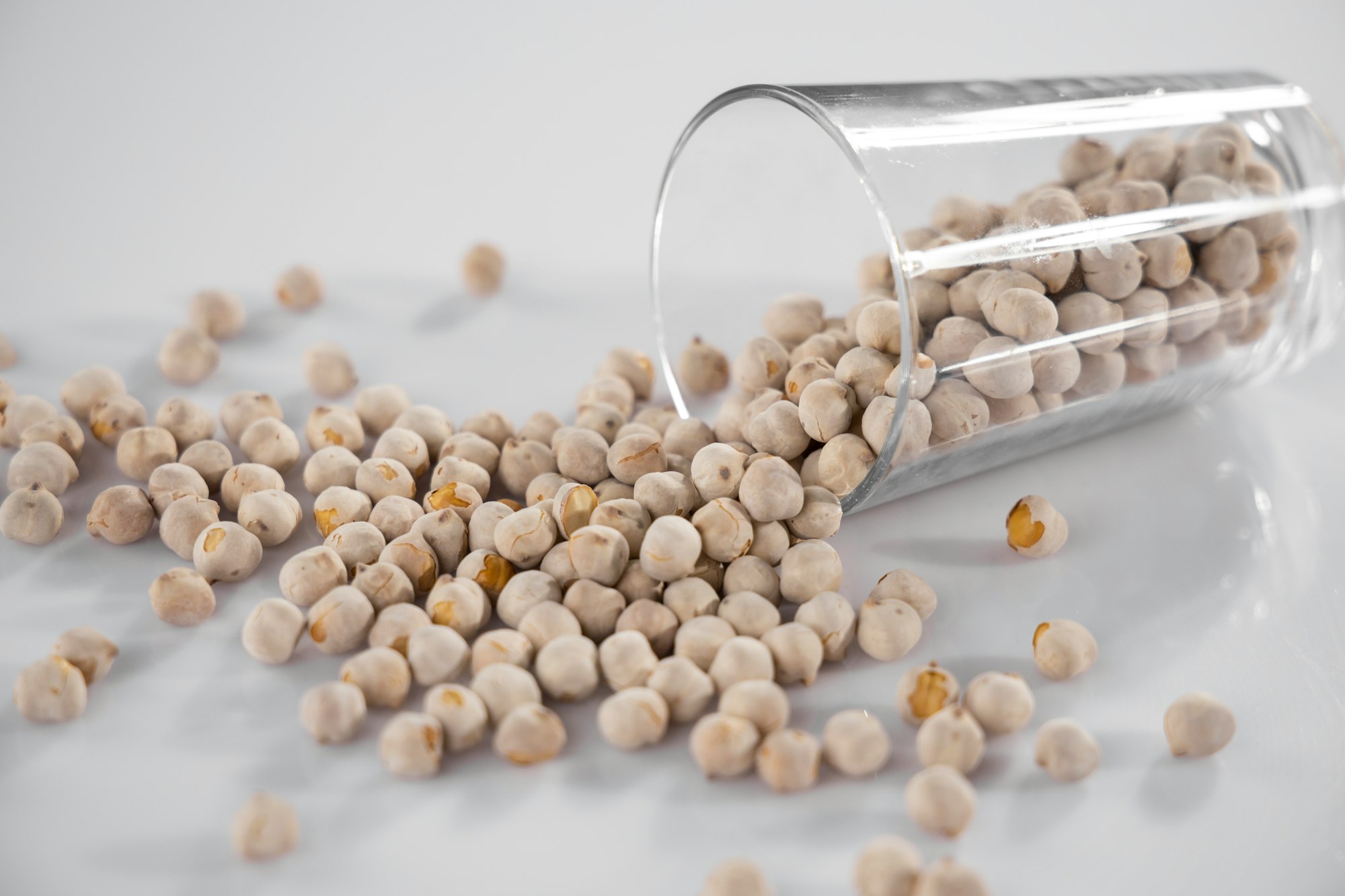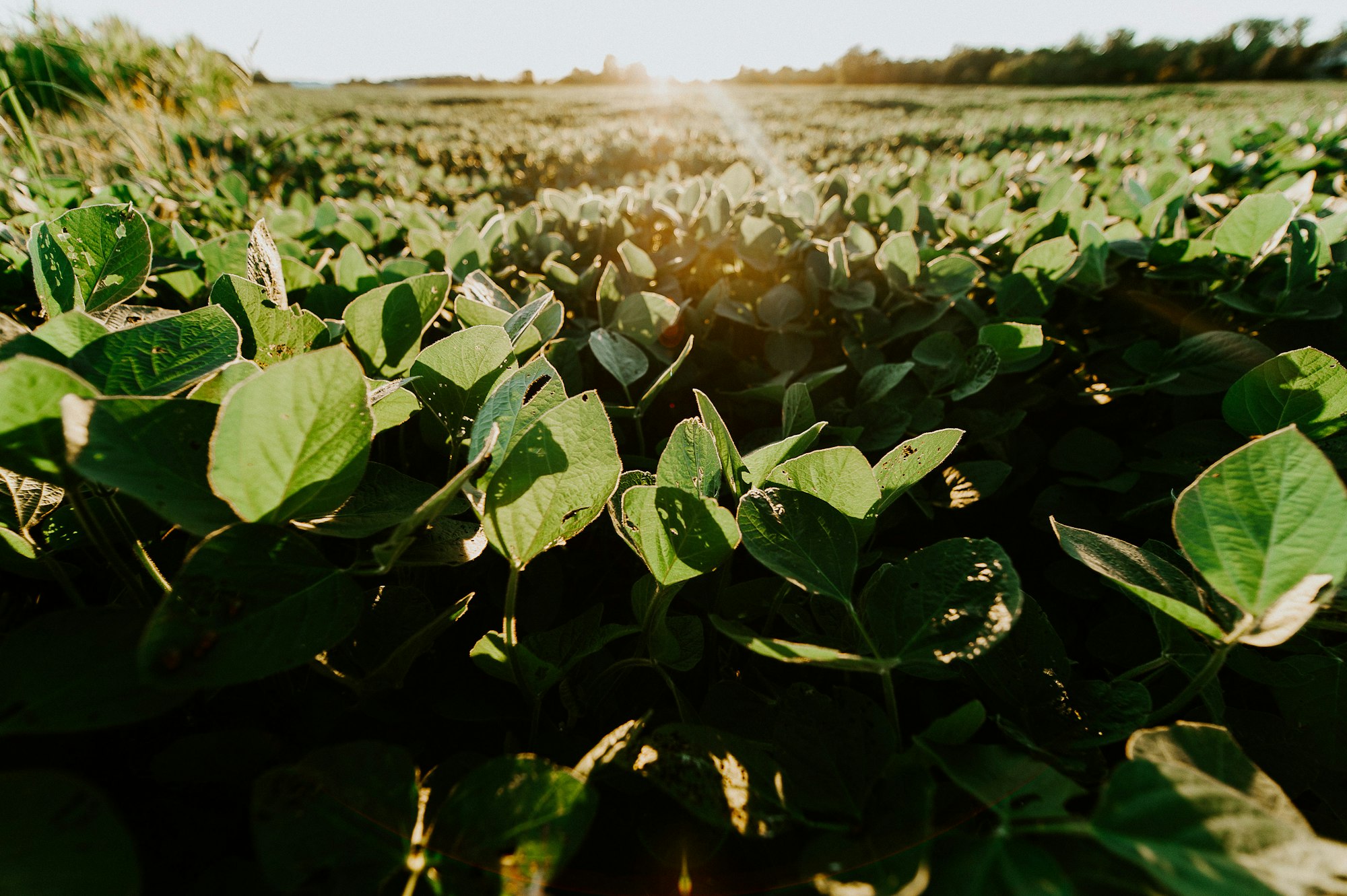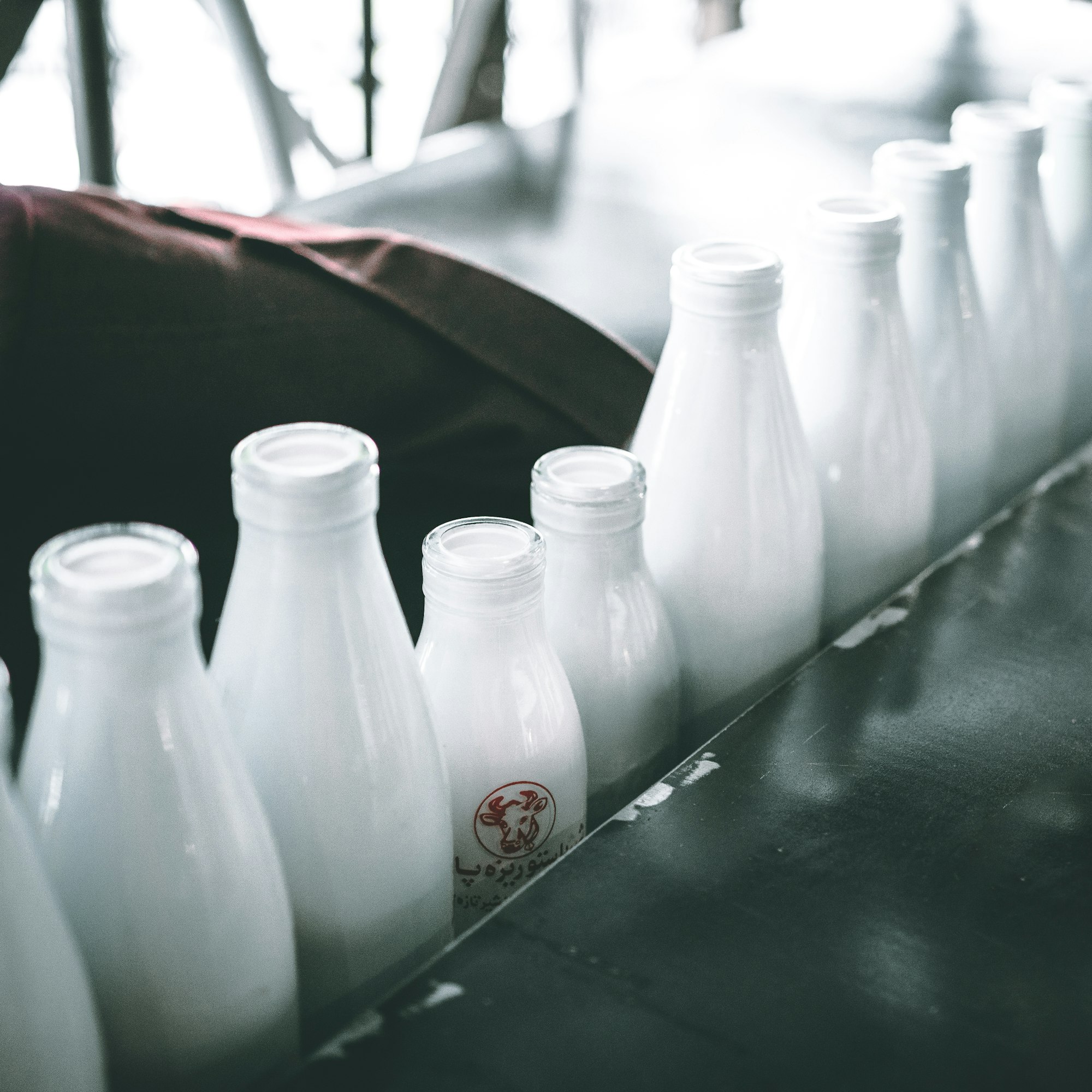Is soy good for you or not?
What's Soybean?
The soybean or soya bean (Glycine max) is a species of legume native to East Asia, widely grown for its edible bean, which has numerous uses.

Traditional unfermented food uses of soybeans include soy milk, from which tofu and tofu skin are made. Fermented soy foods include soy sauce, fermented bean paste, nattō, and tempeh. Fat-free (defatted) soybean meal is a significant and cheap source of protein for animal feeds and many packaged meals. For example, soybean products, such as textured vegetable protein (TVP), are ingredients in many meat and dairy substitutes.
Soy beans contain significant amounts of phytic acid, dietary minerals and B vitamins. Soy vegetable oil, used in food and industrial applications, is another product of processing the soybean crop. Soybean is the most important protein source for feed farm animals (that in turn yields animal protein for human consumption).
Health
Cancer

According to the American Cancer Society, "There is growing evidence that eating traditional soy foods such as tofu may lower the risk of cancers of the breast, prostate, or endometrium (lining of the uterus), and there is some evidence it may lower the risk of certain other cancers." There is insufficient research to indicate whether taking soy dietary supplements has any effect on health or cancer risk. Reviews of preliminary clinical trials on people with colorectal or gastrointestinal cancer indicated a small lower risk by consuming soy isoflavones.
Phytochemicals
Saponins, a class of natural surfactants (soaps), are sterols present naturally in small amounts in various plant foods, including soybeans, other legumes, and cereals, such as oats.
Soy protein, cholesterol and heart diseases
The Food and Drug Administration (FDA) granted the following health claim for soy: "25 grams of soy protein a day, as part of a diet low in saturated fat and cholesterol, may reduce the risk of heart disease." One serving, (1 cup or 240 mL) of soy milk, for instance, contains 6 or 7 grams of soy protein.
An American Heart Association (AHA) review of a decade long study of soy protein benefits did not recommend isoflavone supplementation. The review panel also found that soy isoflavones have not been shown to reduce post-menopausal "hot flashes" and the efficacy and safety of isoflavones to help prevent cancers of the breast, uterus or prostate is in question. AHA concluded that "many soy products should be beneficial to cardiovascular and overall health because of their high content of polyunsaturated fats, fiber, vitamins, and minerals and low content of saturated fat". Other studies found that soy protein consumption could lower LDL.
Phytic acid
Soybeans contain a high level of phytic acid, which has many effects including acting as an antioxidant and a chelating agent. The beneficial claims for phytic acid include reducing cancer, minimizing diabetes, and reducing inflammation. However, phytic acid is also criticized for reducing vital minerals absorption due to its chelating effect, especially for diets already low in minerals.
Health impact
Allergy

Allergy to soy is common, and the food is listed with other foods that commonly cause allergy, such as milk, eggs, peanuts, tree nuts, shellfish. The problem has been reported among younger children, and the diagnosis of soy allergy is often based on symptoms reported by parents and results of skin tests or blood tests for allergy. Only a few reported studies have attempted to confirm allergy to soy by direct challenge with the food under controlled conditions. It is very difficult to give a reliable estimate of the true prevalence of soy allergy in the general population. To the extent that it does exist, soy allergy may cause cases of urticaria and angioedema, usually within minutes to hours of ingestion. In rare cases, true anaphylaxis may also occur. The reason for the discrepancy is likely that soy proteins, the causative factor in allergy, are far less potent at triggering allergy symptoms than the proteins of peanut and shellfish. An allergy test that is positive demonstrates that the immune system has formed IgE antibodies to soy proteins. However, this is only a factor when soy proteins reach the blood without being digested, in sufficient quantities to reach a threshold to provoke actual symptoms.
Soy can also trigger symptoms via food intolerance, a situation where no allergic mechanism can be proven. One scenario is seen in very young infants who have vomiting and diarrhoea when fed soy-based formula, which resolves when the formula is withdrawn. Older infants can suffer a more severe disorder with vomiting, diarrhoea that may be bloody, anemia, weight loss and failure to thrive. The most common cause of this unusual disorder is a sensitivity to cow's milk, but soy formulas can also be the trigger. The precise mechanism is unclear and it could be immunologic, although not through the IgE-type antibodies that have the leading role in urticaria and anaphylaxis. However, it is also self-limiting and will often disappear in the toddler years.
In the European Union, identifying the presence of soy either as an ingredient or unintended contaminant in packaged food is compulsory. The regulation (EC) 1169/2011 on food-labeling lists 14 allergens, including soy, in packaged food must be clearly indicated on the label as part of the list of ingredients, using a distinctive typography (such as bold type or capital letters).
Phytoestrogens
Soybeans contain isoflavones called genistein and daidzein, which are one source of phytoestrogens in the human diet. Because most naturally occurring phytoestrogens act as selective estrogen receptor modulators, or SERMs, which do not necessarily act as direct agonists of estrogen receptors, normal consumption of foods that contain these phytoestrogens should not provide sufficient amounts to elicit a physiological response in humans.
Plant lignans associated with high fiber foods such as cereal brans and beans are the principal precursor to mammalian lignans which have an ability to bind to human estrogen sites. Soybeans are a significant source of mammalian lignan precursor secoisolariciresinol containing 13–273 µg/100 g dry weight. Another phytoestrogen in the human diet with estrogen activity is coumestans, which are found in beans, split-peas, with the best sources being alfalfa, clover, and soybean sprouts. Coumestrol, an isoflavone coumarin derivative, is the only coumestan in foods.
Soybeans and processed soy foods are among the richest foods in total phytoestrogens (wet basis per 100 g), which are present primarily in the form of the isoflavones daidzein and genistein. Human breast milk-containing or cow milk formula-containing diets provide 0.005–0.01 mg of isoflavone per day, while soy-based infant formulas provide 6–47 mg of isoflavone daily. This intake is several orders of magnitude greater than those provided by other nutrients.
Breast cancer
Although considerable research has examined the potential for soy consumption to lower the risk of breast cancer in women, there is insufficient population evidence to make a conclusion about this relationship, as of 2016. A 2011 meta-analysis stated: "Our study suggests soy isoflavones intake is associated with a significant reduced risk of breast cancer incidence in Asian populations, but not in Western populations."
Prostate cancer
A 2016 review concluded that "current evidence from observational studies and small clinical trials is not robust enough to understand whether soy protein or isoflavone supplements may help prevent or inhibit the progression of prostate cancer." A 2010 review showed that neither soy foods nor isoflavone supplements alter measures of bioavailable testosterone or estrogen concentrations in men. Soy consumption has been shown to have no effect on the levels and quality of sperm. Meta-analyses on the association between soy consumption and prostate cancer risk in men concluded that dietary soy may lower the risk of prostate cancer.
Cancer
Rigorous dietary clinical research in people with cancer is inconclusive, as of 2018.
Thyroid function
One review noted that soy based foods may inhibit absorption of thyroid hormone medications required for treatment of hypothyroidism. A 2015 scientific review by the European Food Safety Authority concluded that intake of isoflavones from supplements did not affect thyroid hormone levels in postmenopausal women.
Summary

The FDA wants to pull its support of the health claim that eating soy protein may help reduce the risk of heart disease. The agency proposed the change last fall, citing evidence that questions whether there's any real benefit to heart health.
If the FDA goes through with the move, then food makers will no longer be allowed to market soy products with the claim that they can help your heart. But soy won't hurt your heart, and soy does have other benefits. "It's high in polyunsaturated fats, fiber, vitamins, and minerals, and low in saturated fat. Natural soy products — like tofu or edamame — could replace red meat and other animal sources of protein higher in saturated fat," says dietitian Kathy McManus, director of the Department of Nutrition at Harvard-affiliated Brigham and Women's Hospital.
One caveat: some soy products contain estrogen-like chemicals that could have adverse effects. So stay away from soy isoflavone supplements and foods made with textured vegetable protein and soy protein isolate, found in many protein powders and nutrition bars.
Still, McManus says it's okay to eat whole soy foods — like soy milk, edamame, and tofu — in moderation, several times per week.




